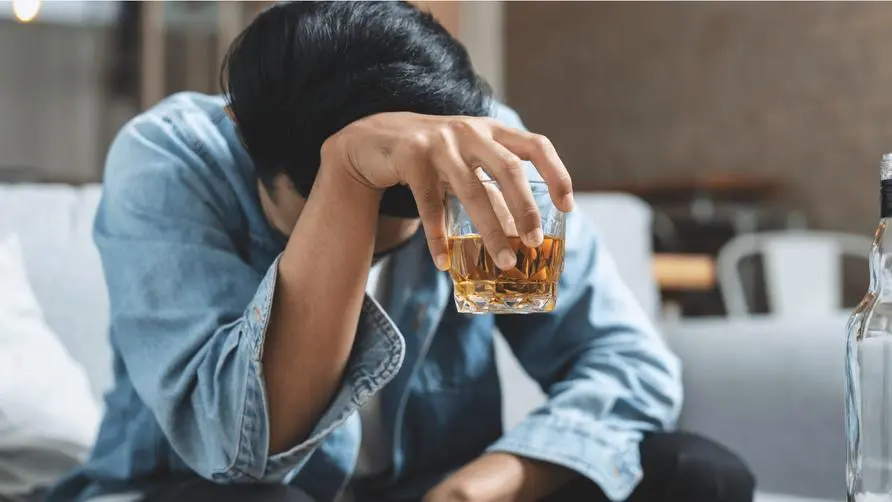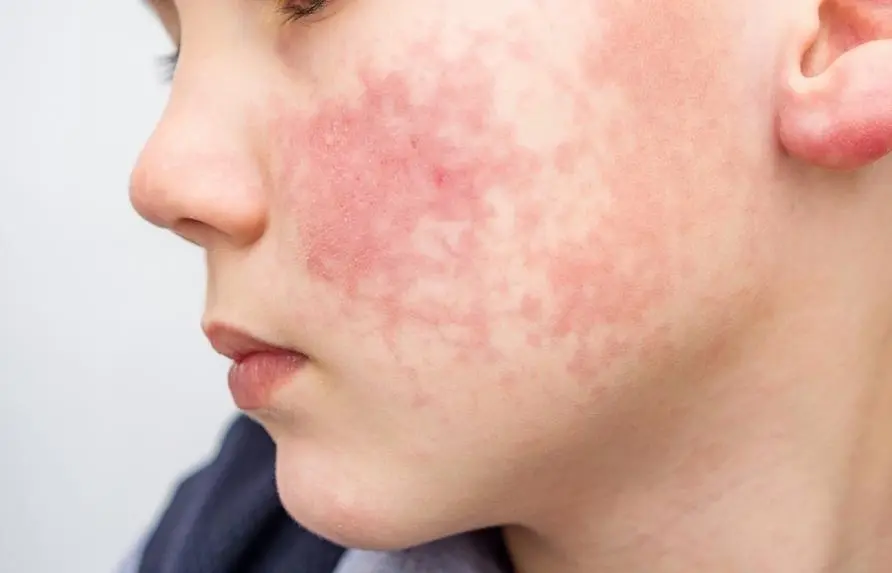Is it easy for people to drink to drown their sorrows as the virus rages on? Study: Pandemic binge drinking increases risk of death by 35%

Is the epidemic causing serious “alcohol addiction”? Liver disease mortality increased by 35%
The new coronavirus has completely upended the work patterns of many people, and has also caused various pressures on the physical and mental health of most people. Are risks such as substance abuse, drug abuse, and alcohol addiction also rising with the epidemic? A study published in the American Association for the Study of Liver Diseases (AASLD) stated that the COVID-19 pandemic has led to an increase in the consumption of “alcohol” products, which may be related to the rapid increase in liver-related disease cases during the pandemic.
A research team from Massachusetts General Hospital (MGH) used national survey data on the drinking habits of American adults and found that during the COVID-19 epidemic, cases of excessive drinking and binge drinking increased by 21%; from 2022 to 2023 During this period, changes in drinking habits caused by COVID-19 are expected to lead to 100 deaths and 2,800 cases of liver failure.
Researchers estimate that if current epidemic trends continue, alcohol consumption during the epidemic will lead to 8,000 deaths from alcohol-related liver disease, 8,700 deaths from liver failure, and 1,000 cases of liver disease by 2040. Died from liver cancer. Studies claim that long-term drinking for more than a year may increase individual mortality by 19-35%.
Substance abuse affects public health, poor families and teenagers may bear the brunt
Research by the National Institute on Drug Abuse (NIDA) believes that the supply of addictive substances such as e-cigarettes, drugs (such as marijuana) and alcohol has significantly decreased during the COVID-19 period. In the case of marijuana, the proportion of teenagers who think it is “fairly easy to obtain” fell by 17%; from 76% before the pandemic to 59%. The ease of obtaining alcohol fell by 24%, from 86% to 62%.
This is the largest drop in the supply of cannabis and alcohol since the 1975 survey. It is mainly related to the increase in manufacturing costs, shutdowns, transportation, trade and other aspects caused by the epidemic. However, this has not reduced the problem of substance addiction during the epidemic, such as drug abuse, alcohol abuse, etc. Even though teenagers have not reached the legal purchase age and it is more difficult than ever to obtain these substances, it does not prevent them from engaging in alcohol, drug and other behaviors.
Study author Richard A. Miech, Ph.D., said it may be difficult to reduce substance abuse problems among teenagers simply by limiting the supply of addictive substances. If the new coronavirus pandemic continues, the problem may be difficult to solve and may become an incidental “sequelae” of the pandemic.
Jovan Julien, a data analyst at the Institute for Technology Assessment at Massachusetts General Hospital, believes that the research team predicted social drinking behaviors related to the pandemic and the related impacts of this behavior without any intervention, hoping to help all levels of society. Start a dialogue. If substance addiction is allowed to continue, it may cause subsequent public health problems and increase the consumption of medical resources.
Previous studies have mostly pointed to the fact that substance abuse is more likely to occur in economically disadvantaged families, and COVID-19 has fueled this trend, leaving more poor families isolated and helpless. Jovan Julien believes that the government should pay attention to the problem of abuse and actively eliminate the impact of alcohol and drugs on poor families. Only in this way can we have the opportunity to reduce the proportion of liver diseases and even the risk of death caused by alcohol addiction.
source:
Adolescent drug use before and during US national COVID-19 social distancing policies





